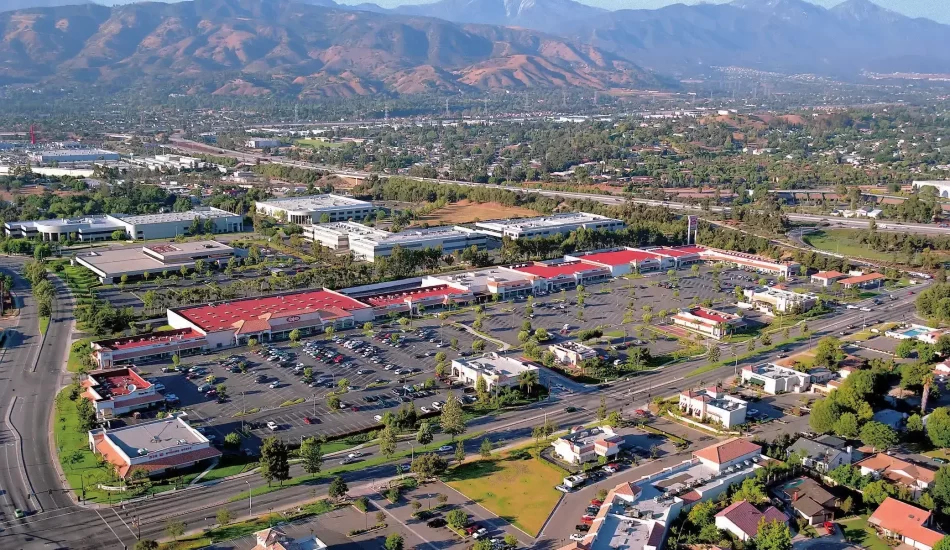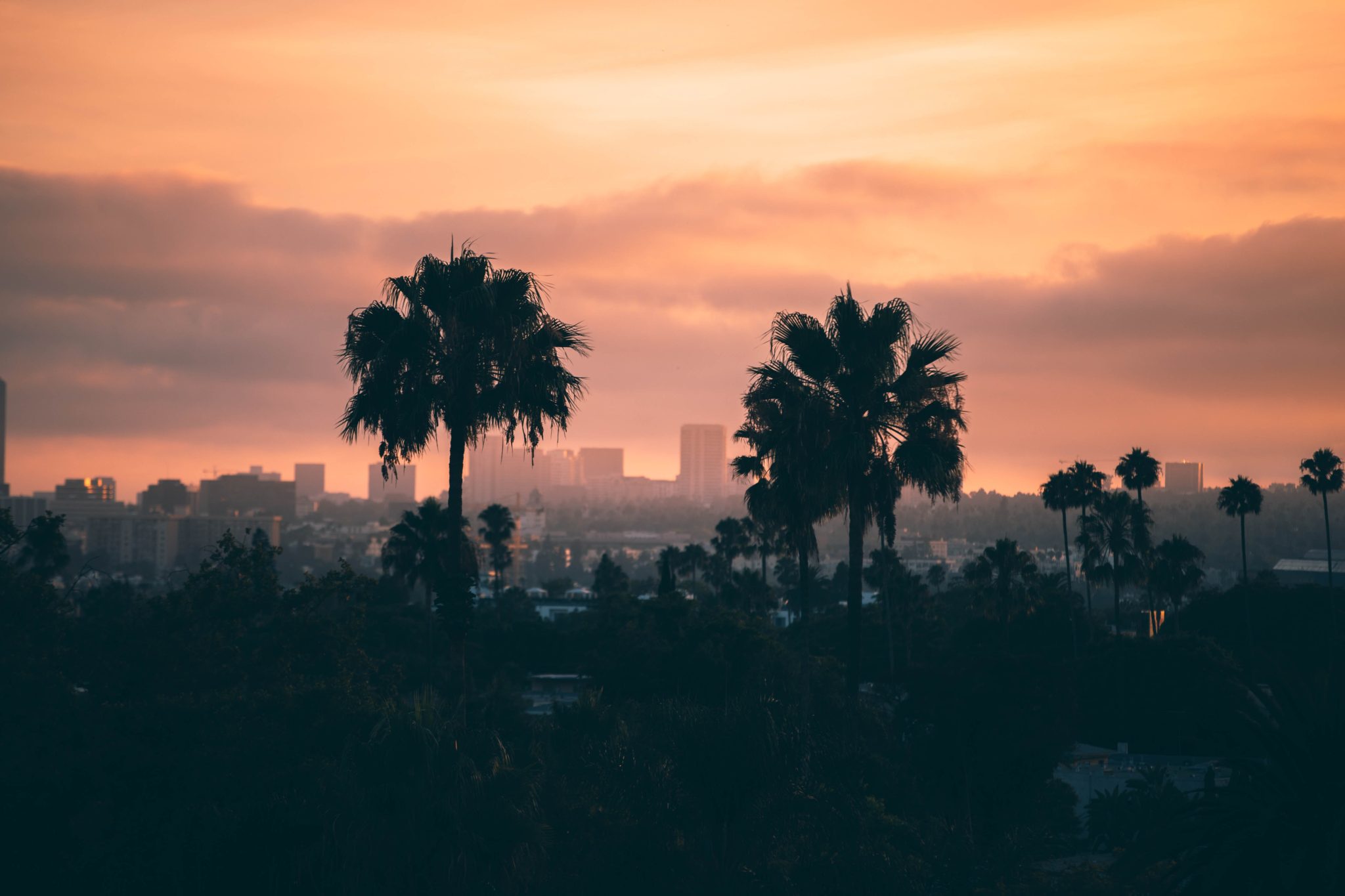What Is San Dimas Known For?

What Is San Dimas Known For?
Located in the foothills of Los Angeles County’s San Gabriel Mountains, San Dimas is home to approximately 33,000 residents and is considere done of the most interesting and charming historic towns in the area. At the Law Offices of Daniel Flores, we welcome helping the residents of this town and the surrounding areas.It lies between the Glendora and Covina Mountains to the west, with the cities of La Verne to the north and east, Pomona to the south and east, and Walnut to the southwest.

Originally developed in 1837 as a prime spot for sheep and cattle ranches, the town maintains this legacy with an early Western theme in its downtown area, characterized by old-fashioned storefronts and wooden sidewalks. It also features many unique tourist attractions, including the San Dimas Canyon Nature Center, the Frank G. Bonelli Regional Park, Raging Waters Los Angeles water park, and the Pacific Railroad Museum.
The History of San Dimas
San Dimas was occupied by Gabrielino Indians as early as 1000 BC, but the first European exploration occurred in 1774 by Spanish frontier soldier Captain Juan Bautista De Anza as he established the first overland route from Mexico to California through the Sonoran Desert. American Jedediah Strong Smith arrived in the area in 1826, which was then referred to as La Cienega Mud Springs, for its mud springs with reportedly healing properties (today near Arrow Highway and San Dimas Canyon Avenue).
In 1837, Spanish brothers-in-law Señor Ignacio Palomares and Señor Ricardo Vejar obtained a land grant from Mexican Governor Juan Bautista Alvarado. Christening the area Rancho San Jose, they used the area’s semi-arid and wilderness pastures for raising sizable herds of cattle.
According to local legend, the name San Dimas inadvertently arose from Palomares, who was consistently plagued by raiding outlaws (possible renegade Indians) stealing cattle and hiding them in the mountain canyons. In his home state of Sonora, Mexico, a village existed called San Dimas, named after Saint Dimas, the Catholic saint of criminals, reformed thieves, condemned prisoners, and undertakers. He is celebrated with a feast day on March 25th.
Frustrated by the frequent losses, Palomares supposedly cursed his bad luck and invoked Saint Dimas. The canyon became known as San Dimas, and the town later adopted this name as well when the Santa Fe Railroad entered the area in 1887, officially putting the community on the map. The San Jose Ranch Company divided the land into lots, laid down roads, and opened the first businesses.
The first farmers to settle in San Dimas arrived in 1878. The Teague family leased a large amount of land to raise wheat and grain, then began growing oranges, lemons, and other citrus crops to be shipped all over the globe. The city became known as the “queen of the citrus belt,” but the citrus boom waned in the mid-1900s as development increased in the area. After being officially incorporated as a city in 1960, San Dimas transformed from a primarily agrarian community to a metropolitan area filled with commerce, industry, and residential homes. Although it features many quaint parks, museums, and other appealing attractions, it has successfully kept its equestrian, small-town appeal and is far too quaint and cozy to beconsidereda tourist town.
Modern Attractions in San Dimas
If you are looking for a change of pace from the typical bustling tourist areas, San Dimas is a true historical gem with a variety of fun spots and activities for the whole family.
- San Dimas Canyon Nature Center
Encompassing 138 acres of wildlife habitat, the San Dimas Canyon Nature Center was the first addition to the Los Angeles County Park System in the early 1950s. It features an enclosed wildlife sanctuary home to indigenous animal species of Southern California, which serves as a rehabilitation center for animals that can no longer thrive in their natural habitats. Visitors can follow a one-mile self-guided nature trail through an oak woodland, pine grove, and chaparral-coated foothills, and experienced hikers can explore other more difficult hiking trails. Archeologists have found evidence of early Native Americans that once occupied the area, and youcan visit the wooden building in the middle of the center that served as the original caretaker’s house for the San Dimas Water Pump. - Frank G. Bonelli Regional Park
Located on the east end of the San Jose Hills, Frank G. Bonelli Regional Park surrounds a 250-acre lake with five miles of picturesque shoreline. In the late 1800s, growing settlements in the East San Gabriel Valley strained the area’s water supply, so in 1928, engineers completed the construction of a dam to control storm run-off and replenish underground reservoirs. In 1953, Puddingstone Reservoir became a protected recreational and fishing area, and development around the lake continued through the 1980s. Today, the park features a nationally recognized golf course, a luxurious spa, an equestrian facility, an RV park, and Raging Waters waterpark. Of its 2,220 acres, around 1,233 consist of rolling hills, steep canyons, and a thriving habitat of chaparral, cactus, and sagebrush. It is a popular destination for swimming, hiking, camping, mountain biking, birdwatching, and horse riding, and holds regular events each year. - Raging Waters Los Angeles
As the largest waterpark in the state of California, Raging Waters Los Angeles contains more rides and attractions than any other park in the area. Spanning more than 50 acres, this nationally beloved waterpark offers something for everyone in your family. You can relax in the Amazon Adventure lazy river, catch waves in Wave Cove, take the kids to Splash Island Adventure. If you want to get your adrenaline pumping, check out the Ragin’ Racer, the Thunder Rapids, or the Aqua Rocket, the only hydromagnetic water coaster in the state. This summer, Raging Waters will be opening Bombs Away, a 300-foot dual drop slide that sends you flying at 26 feet per second. At less than half an hour from downtown Los Angeles, this park is sure to keep you happy and cool on even the most sweltering summer days. - Pacific Railroad Museum
Housed within the San Dimas Depot of the former Santa Fe Railroad, the Pacific Railroad Museum resembles a working railroad station and is open for free to the public every day of the week. It contains a broad array of exhibits, interactive displays, and artifacts from Southern California’s “Golden Age” of railroading, making it a prime attraction for history buffs and railway enthusiasts alike. There are over 3,000 books on railroad subjects available for perusal, as well as an extensive, one-of-a-kind collection of vintage photographs taken by Pacific Rail Society founder Ralph Melching and former Santa Fe train operator Chard Walker.
San Dimas and the surrounding areas offer fun activities for all interests. If you find yourself in need of legal advice during your visit, we can help.
Stay Safe During in San Dimas, and Call Our Office for Help
If you drink a little too much during your stay or need the help of a local attorney, contact Daniel P. Flores to reach the best outcome in your case.
Request Your
Free Consultation
Fields Marked With An “ * ” Are Required
"*" indicates required fields


